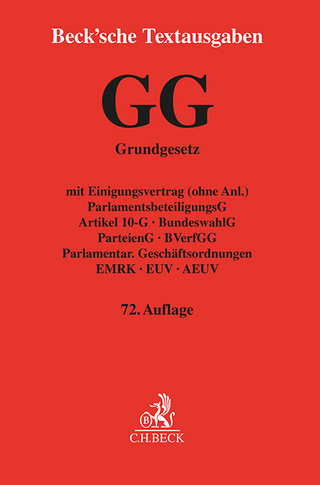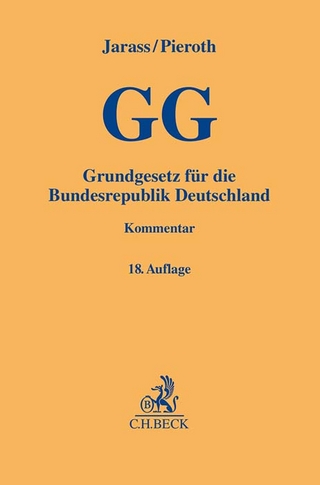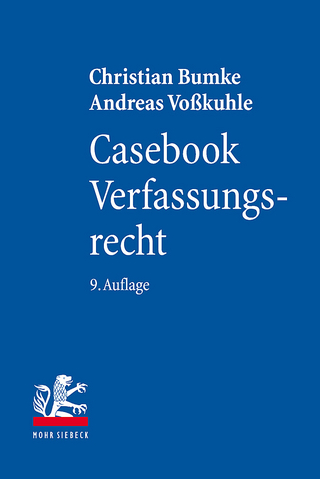
Collective Trauma and the Armenian Genocide
Hart Publishing (Verlag)
978-1-5099-3483-6 (ISBN)
The book re-examines more than 100 years of destructive ethno-religious relations among Armenians, Turks, and Azerbaijanis through the novel lens of collective trauma.
The author argues that a focus on embedded, transgenerational collective trauma is essential to achieving more trusting, productive, and stable relationships in this and similar contexts. The book takes a deep dive into history - analysing the traumatic events, examining and positing how they motivated the actions of key players (both victims and perpetrators), and revealing how profoundly these traumas continue to manifest today among the three peoples, stymying healing and inhibiting achievement of a basis for positive change.
The author then proposes a bold new approach to “conflict resolution” as a complement to other perspectives, such as power-based analyses and international human rights. Addressing the psychological core of the conflict, the author argues that a focus on embedded collective trauma is essential in this and similar arenas.
Pamela Steiner is Senior Fellow, FXB Center for Health and Human Rights, Harvard University.
PART I
COLLECTIVE TRAUMA: AN INTRODUCTION
1. Introduction to Trauma, a Capacious Social Concept
2. Impaired Meaning Making, Trauma’s Meta-Effect
3. Some Distinctive Aspects of Collective Trauma
PART II
A BRIEF HISTORY OF THE ARMENIAN-TURKISH RELATIONSHIP
4. The Tangled Roots of Homeland and Identity
5. The Riddle of Ottomanism
6. The Unlikely Alliance against the Sultan
7. The Final Path to Imperial Ruin
8. Five Men’s Traumatisation before they Acquired Power
9. The Armenian Genocide
PART III
VIOLENT ENTITLEMENT CARRIED INTO ARMENIAN-AZERBAIJANI RELATIONS IN TRANSCAUCASIA
10. Enemies or Allies? Armenian–Azerbaijani Relations, 1850–1915
11. A Kaleidoscope of Armenian–Muslim Relations in the Intense Dynamics of Transcaucasia and Baku in 1917
12. Bolshevik Decrees and Anarchy in the Borderlands, Late 1917–Early 1918
13. How World War I Ended in Transcaucasia: Betrayal, New Republics, Race Murder
14. Baku, 1917–1918: More Conflict, its Seeds Planted for Transmission
15. World War I’s End in Eastern Transcaucasia: War Fever Sparks the Turan Quest and Race Murder
PART IV
ANALYSING AND PROCESSING COLLECTIVE TRAUMA: IS A DIFFERENT FUTURE POSSIBLE?
16. How People Make Meaning in General, and Illustrated by an Armenian and a Turk
17. Meaning Making with Trauma and Relative Powerlessness in the Armenian People as a Whole
18. Meaning Making with Trauma and Relative Power among Turks
Conclusion: Processing Collective Trauma Collectively: Will We?
| Erscheinungsdatum | 26.02.2021 |
|---|---|
| Reihe/Serie | Human Rights Law in Perspective |
| Verlagsort | Oxford |
| Sprache | englisch |
| Maße | 156 x 234 mm |
| Gewicht | 694 g |
| Themenwelt | Recht / Steuern ► EU / Internationales Recht |
| Recht / Steuern ► Öffentliches Recht ► Verfassungsrecht | |
| Sozialwissenschaften ► Politik / Verwaltung | |
| ISBN-10 | 1-5099-3483-9 / 1509934839 |
| ISBN-13 | 978-1-5099-3483-6 / 9781509934836 |
| Zustand | Neuware |
| Haben Sie eine Frage zum Produkt? |
aus dem Bereich


